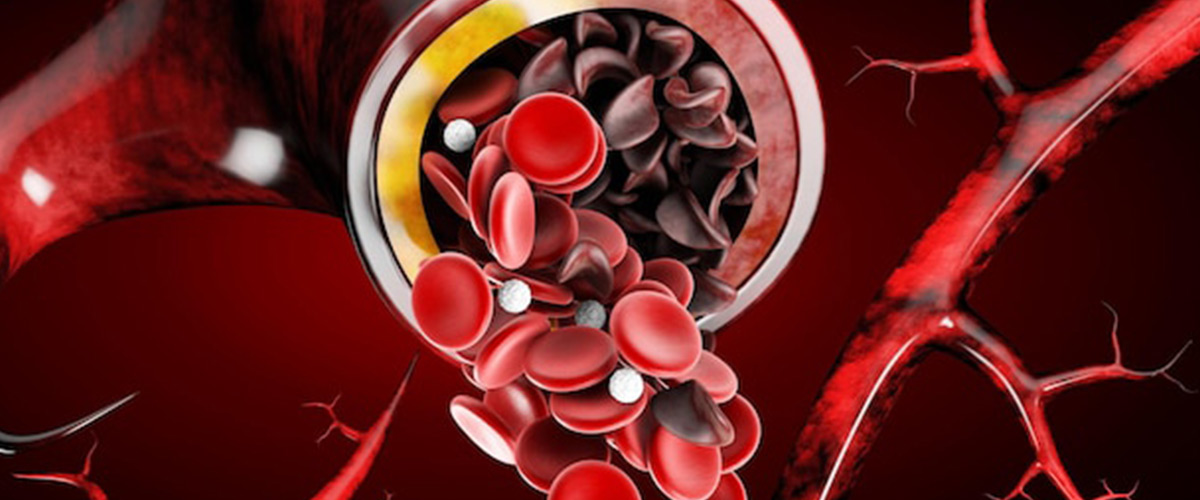
Sickle Cell Disease
Sickle cell disease is a common condition affecting a large population of patients in sub-Saharan Africa. It is estimated to affect nearly 3% of newborn babies in some parts of this continent. Unfortunately, it also remains a low priority for most health ministries.
Sickle cell disease is strongly associated with a very high mortality risk in children. Hence, there is a need to ascertain the risk factors associated with sickle cell disease in the African population and recommend the best treatment methods to curb the incidence of this condition.
What is sickle cell disease?
Sickle cell disease is ahereditary condition, which affects the shape of the red blood cells, carrying oxygen to all the parts of the body.
These blood cells are normally flexible and round. This shape allows the red blood cells to move easily through the vessels. However, in patients with sickle cell disease, some blood cells become shaped like a crescent moon or a sickle. These sickle-shaped cells may become sticky and rigid due to which the blood flow can become slower or blocked.
Unfortunately, there is no cure for sickle cell disease. However, proper treatment might help to relieve pain and prevent the complications associated with this disease.
What are the symptoms of sickle cell disease?
The symptoms of sickle cell disease usually appear around the age of 6 months. The symptoms often vary from one patient to another and tend to change over time.
Some common symptoms of this disease include:
- Anemia
- Fatigue
- Episodes of pain
- Swelling in the hands and feet
Patients may also experience frequent episodes of infections. Delayed growth and puberty are the common signs observed in children with sickle cell disease.
What are the causes and risk factors of sickle cell disease?
The risk of sickle cell disease is found to be higher in people of African, Middle Eastern, and Mediterranean descent.
This condition is usually caused by analternation in a gene, which tells the body to produce an iron-rich compound known ashemoglobin in the red blood cells. Hemoglobin plays a key role in enabling the red cells to carry oxygen from the lungs to all the parts of the body.
However, in patients with sickle cell disease, hemoglobin causes the red blood cells to become sticky, rigid, and misshapen.
A child affected with sickle cell disease has one or both the parents carrying one copy of the gene for this condition.This abnormal copy of the gene is passed from the mother and father to the child due to which the child may develop sickle cell disease.
When the abnormal sickle cell gene is passed to the child only for one parent, the child will still have the sickle cell trait due to the presence of one normal or typical hemoglobin gene and one abnormal or altered form of the gene. Patients with a sickle cell trait have both the typical as well as the sickle cell hemoglobin produced in their body.
This can cause their blood to have a few sickle cells, although they may not have they any symptoms of the disease. They are the carriers of the sickle cell disease, which means they can pass the abnormal gene to their children.
Diagnosis of sickle cell disease
A blood test to check the form of hemoglobin, which underlies sickle cell disease, can help in the diagnosis of this condition.
Treatment of sickle cell disease
The management of sickle cell disease is usually aimed at avoiding the episodes of pain and inhibiting the development of complications. The treatments may include the use of drugs like hydroxyurea and blood transfusions. Children and teenagers may require a stem cell transplant to overcome the symptoms of this disease.
We have a team of skilled medical professionals who have expertise in the management of sickle cell disease. You can visit us at our healthcare center or contact us to learn more about sickle cell disease and the various methods for the diagnosis and treatment of this condition.
